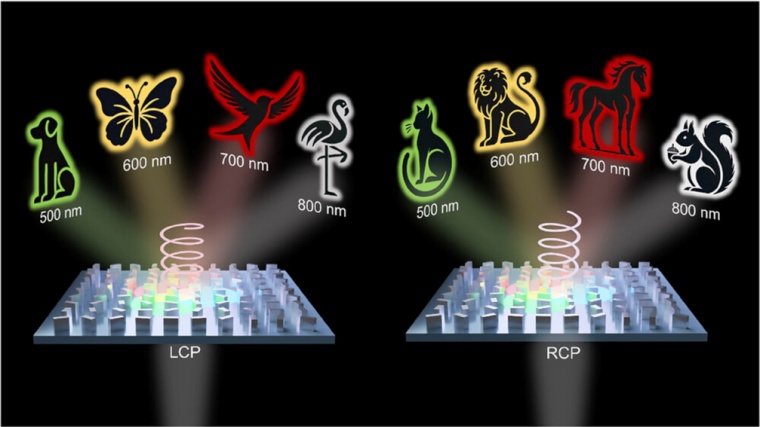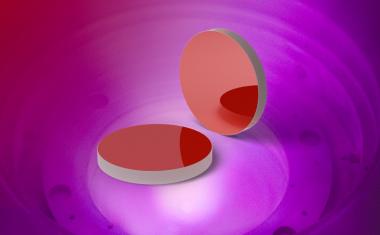Dozens of images hidden in a single screen
New approach offers a reliable solution for displays, optical data storage, and information encryption.
From smartphones and TVs to credit cards, technologies that manipulate light are deeply embedded in our daily lives, many of which are based on holography. However, conventional holographic technologies have faced limitations, particularly in displaying multiple images on a single screen and in maintaining high-resolution image quality. Recently, a research team led by Junsuk Rho at Postech – Pohang University of Science and Technology – has developed a metasurface technology that can display up to 36 high-resolution images on a surface thinner than a human hair.

This achievement is driven by a metasurface. The metasurface is capable of precisely manipulating light as it passes through. The team fabricated nanometer-scale pillars using silicon nitride, a material known for its robustness and excellent optical transparency. These pillars, or meta-atoms, allow for fine control of light on the metasurface. A remarkable aspect of this technology is its ability to project entirely different images depending on both the wavelength and spin of light.
For example, left-circularly polarized red light may reveal an image of an apple, while right-circularly polarized red light may produce an image of a car. Using this technique, the researchers successfully encoded 36 images at 20 nanometer intervals within the visible spectrum, and 8 images spanning from the visible to the near-infrared region – all onto a single metasurface.
What makes this innovation particularly notable is not only its simplified design and fabrication process, but also its enhanced image quality. The team addressed previous issues of image crosstalk and background noise by incorporating a noise suppression algorithm, resulting in clearer images with minimal interference between channels. “This is the first demonstration of multiplexing spin and wavelength information through a single phase-optimization process while achieving low noise and high image fidelity,” said Rho. “Given its scalability and commercial viability, this technology holds strong potential for a wide range of optical applications, including high-capacity optical data storage, secure encryption systems, and multi-image display technologies.” (Source: Postech)











